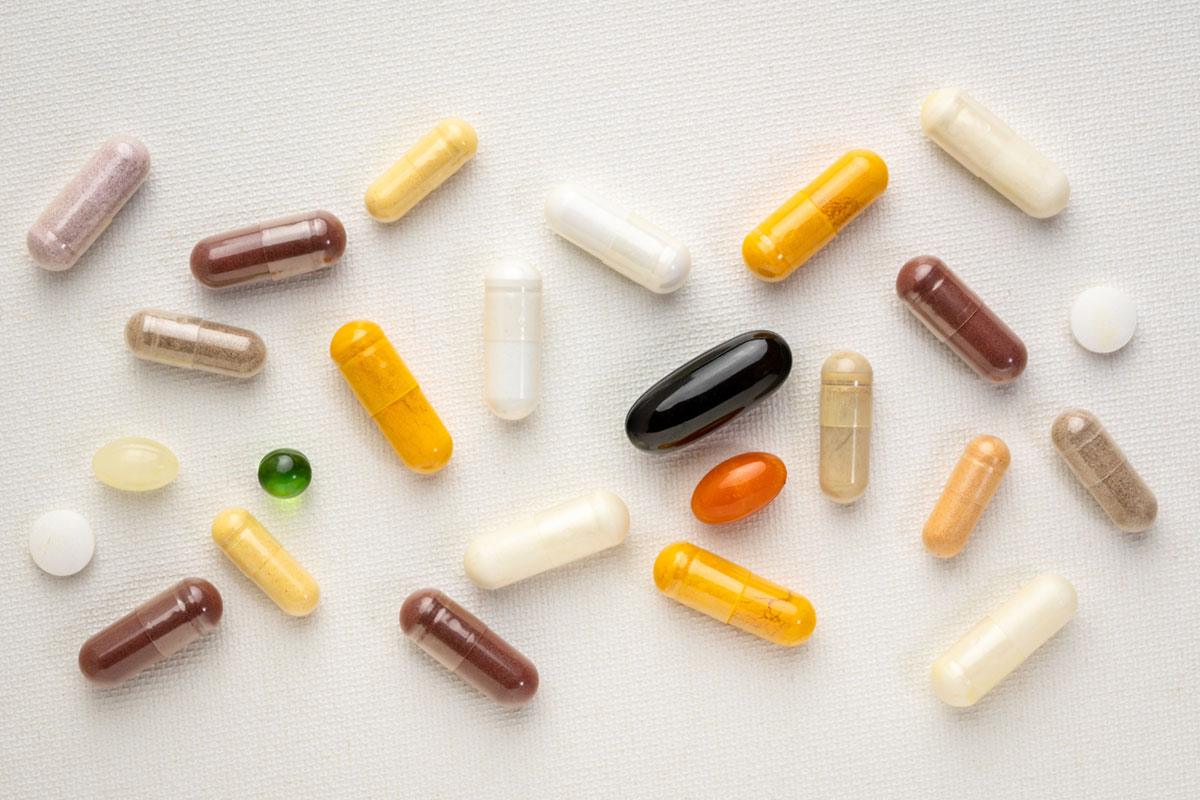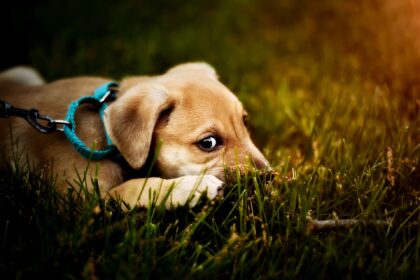- BY DOG FIT by PreThis®
- POSTED IN News Magazine
- WITH 0 COMMENTS
- PERMALINK
- STANDARD POST TYPE


It is a scenario that many owners of gray muzzles observe with concern: The bowl is licked clean, the appetite is unbroken – and yet the dog seems to be getting thinner and thinner. If an old dog loses weight despite normal eating behavior, this is a warning signal that should not be ignored.
Aging brings many changes that are not always visible at first glance. In this article, you will learn why your senior’s metabolism changes, why nutrient absorption no longer works as it used to, and how you can optimally support your dog now.
The Problem: When the food no longer “arrives”
Weight loss in old age is often not a question of quantity, but of utilization. The organism of an old dog works differently than that of a young dog. If your dog eats but still loses weight (or loses muscle mass), the problem usually lies in the fact that the nutrients no longer arrive efficiently where they are needed.
Possible causes for weight loss
Before you change the diet, a check-up at the vet is advisable to rule out organic causes (such as thyroid, kidney, or dental problems). If these are ruled out, the reasons often lie in the natural aging processes:
- Altered metabolism: The resting metabolic rate decreases, but at the same time the body often requires more high-quality proteins to maintain substance. An old metabolism is less efficient.
- Declining bowel activity: This is one of the most common reasons. The intestinal villi, which are responsible for absorbing nutrients into the blood, can lose performance in old age. The production of digestive enzymes also often decreases. The result: The food “slips through” without vitamins and energy being fully absorbed.
- Muscle degradation: Often, weight loss is actually muscle loss. If joints hurt, the dog moves less. Less movement leads to muscle loss, which makes the dog look optically thinner and bonier.
The Solution: How to feed your senior correctly
To stop weight loss and give your dog substance and vitality again, three adjustments must be made: food quality, nutrient density, and joint support.
1. Away from dry food – towards moisture and quality
Many experts advise against pure dry food for seniors.
- The problem: Dry food drains fluid from the body and is often harder to digest. It swells in the stomach and demands peak performance from the digestive tract, which is becoming more sluggish. In addition, it often contains many fillers that an old intestine can hardly utilize.
- The recommendation: High-quality wet food or an adapted raw diet (BARF) is often the better choice for seniors. It provides important fluid, is easier to digest, and usually has a higher acceptance. Look for easily digestible proteins (such as chicken or turkey) and avoid unnecessary fillers.
2. Targeted supplementation: Replenishing vitamins and minerals
Since the intestine, as described above, filters nutrients worse from normal food, an unnoticed deficiency of micronutrients often arises in old age. Even the best food is sometimes no longer enough. Targeted supplementation with vitamins (especially B vitamins for nerves and metabolism), minerals, and trace elements is therefore essential. They help to close gaps caused by reduced absorption and support the immune system as well as cell health.
3. Strengthen the musculoskeletal system = maintain muscles
Weight control also has something to do with movement. Only a dog that can move without pain keeps its musculature. If your senior has osteoarthritis or joint wear, he avoids movement – and muscles vanish rapidly. To support the musculoskeletal system, natural nutrients that supply cartilage and joint lubrication have proven themselves:
- Green-lipped mussel powder: Provides GAGs (glycosaminoglycans) for the cartilage.
- MSM (Organic Sulfur): Supports tendons and ligaments.
- Glucosamine & Hyaluron: Important for joint fluid and elasticity of the intervertebral discs, cartilage, and connective tissue.
4. Water is life
Don’t forget: Old dogs often drink too little, which slows down the metabolism even further. Ensure that fresh water is always available. Enriching the food with a little warm water can additionally help to optimize the fluid balance and thus the nutrient transport pathways in the body.
Conclusion
If your old dog is losing weight, this is not an unalterable fate. With a switch to easily digestible, high-quality food (no dry food) and the targeted addition of micronutrients and joint nutrients, you can effectively support the changed metabolism of your senior. In this way, you give him not only more well-being but also new energy for his twilight years.






















